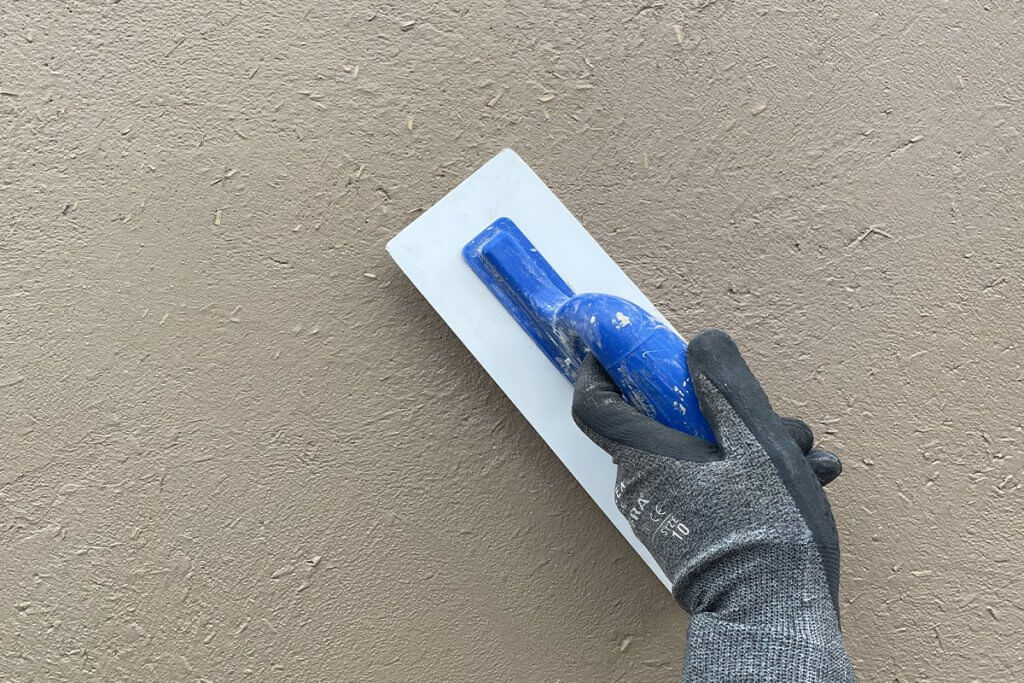In recent years, the search for sustainable and long-lasting building solutions has led to the re-evaluation of traditional construction materials, among which is lime: an ancient binder, which has accompanied the history of man’s architectural creations for many centuries.
With its unique properties, lime proves to be an exceptional choice for those who seek to combine healthiness, resistance, durability and energy efficiency in their building projects. In this article, we will explore the multiple benefits lime brings to construction and why this sustainable material can be a fundamental ingredient to create modern residences with excellent energy and functional performance, as well as effective living comfort.
1.Resistance and durability
One of lime’s distinctive features is its ability to give resistance and durability to structures. Its chemical composition and ability to react with carbon dioxide in the atmosphere lead to the formation of calcite, which gives structures great resistance over time. The fact that lime has been used successfully in many historic buildings represents tangible evidence of this.
2. Humidity regulation
Another crucial quality of lime in construction is its ability to regulate humidity within environments. Lime is in fact able to absorb humidity and release it when environmental conditions require it: this attitude helps to prevent the formation of mould and therefore to create a comfortable internal environment. In brief, lime is a hygrometric “lung” that absorbs and releases water vapour so as to maintain a constant and optimal humidity level.

3. Eco-compatibility
Lime also stands out for its eco-friendliness. Obtained through less impactful production processes than other modern materials, lime fits well into a sustainable construction approach. Its production requires less energy and helps reduce the overall environmental impact of a building project.
4. Flexibility and adaptability
The flexibility and adaptability of lime in construction are often underestimated but very important aspects. Lime is an incredibly flexible material that can be fashioned to suit a good variety of architectural needs. This feature allows the creation of structures with unique shapes and distinctive details, adding particular artistic and structural qualities to any building project.
5. Healthy environments
Lime is also known for its antibacterial and fungicidal properties. The use of lime in walls and plasters can help keep interior environments healthier, reducing the proliferation of bacteria and mould (as well as offering very interesting aesthetic solutions, of which you can learn more about in our article “Lime and Design“). This is particularly relevant in residential, working and hospitality environments, where air quality is of fundamental importance for the well-being of the people involved.
In conclusion, using lime in construction is a strategic investment in terms of durability, sustainability and long-term performance of buildings. Lime represents a return to a building tradition that enhances robustness and longevity, demonstrating that modernity and the past can combine in efficient ways. Investing in lime means investing in the future of construction, promoting the creation of buildings able to withstand the passage of time and support the current environmental challenges.